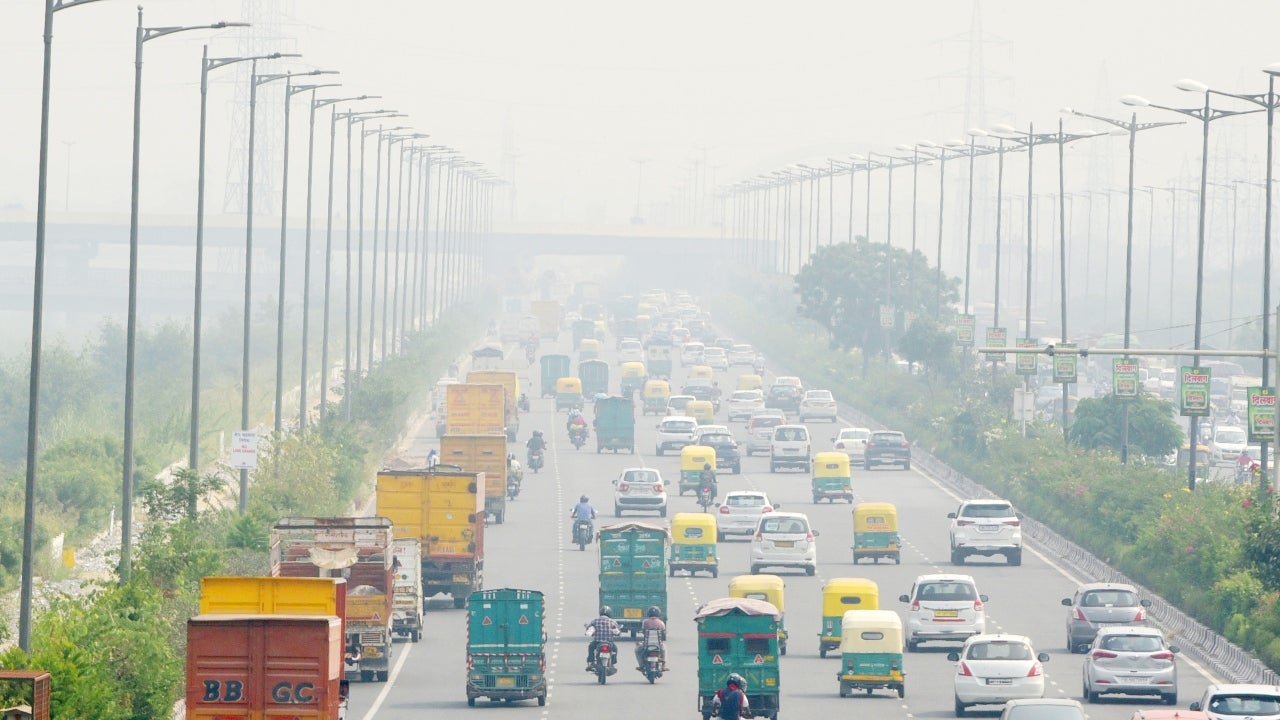Delhi was the most polluted city in India in 2022 with PM 2.5 levels more than double the safe limit and the third highest average PM10 concentration, according to an analysis of Central Pollution Control Board data. PM2.5 pollution in the national capital has reduced by over 7 per cent in four years, from 108 micrograms per cubic metre in 2019 to 99.71 micrograms per cubic metre in 2022.
Buy Prime Test Series for all Banking, SSC, Insurance & other exams
More About This:
Among the most polluted cities with respect to PM2.5 levels, Delhi (99.71 micrograms per cubic metre) ranked first, Haryana’s Faridabad (95.64 micrograms per cubic metre) ranked second and Uttar Pradesh’s Ghaziabad (91.25 micrograms per cubic metre) third.
What is National Clean Air Program (NCAP):
National Clean Air Program (NCAP) is a long-term, time-bound, national-level strategy to tackle the air pollution problem across the country in a comprehensive manner, Launched by the central government in 2019.
What are the targets under NCAP:
To achieve a 20% to 30% reduction in Particulate Matter (PM) concentrations by 2024 keeping 2017 as the base year for the comparison of concentration.
NCAP Tracker is a joint project of news portal Carbon Copy and a Maharashtra-based start-up ‘Respirer Living Sciences’ and is designed to track India’s progress in achieving clean air targets. Now there are 131 cities which are called non-attainment cities, as they did not meet the national ambient air quality standards (NAAQS) for the period of 2011-15 under the National Air Quality Monitoring Programme. In September 2022, the government set a new target of a 40 per cent reduction in particulate matter concentration by 2026.
Particulate Matter(PM):
Also called particle pollution, it is a term for a mixture of solid particles and liquid droplets found in the air.
It includes:-
-
- PM10: inhalable particles, with diameters that are generally 10 micrometers and smaller; and
- PM2.5: fine inhalable particles, with diameters that are generally 2.5 micrometers and smaller.
Sources of PM:
Some are emitted directly from a source, such as construction sites, unpaved roads, fields, smokestacks or fires. Most particles form in the atmosphere as a result of complex reactions of chemicals such as sulfur dioxide and nitrogen oxides, which are pollutants emitted from power plants, industries and automobiles.




 Exploring Bondi Beach: Sun, Surf and Syd...
Exploring Bondi Beach: Sun, Surf and Syd...
 ISRO Projects Seven Launches Including U...
ISRO Projects Seven Launches Including U...







